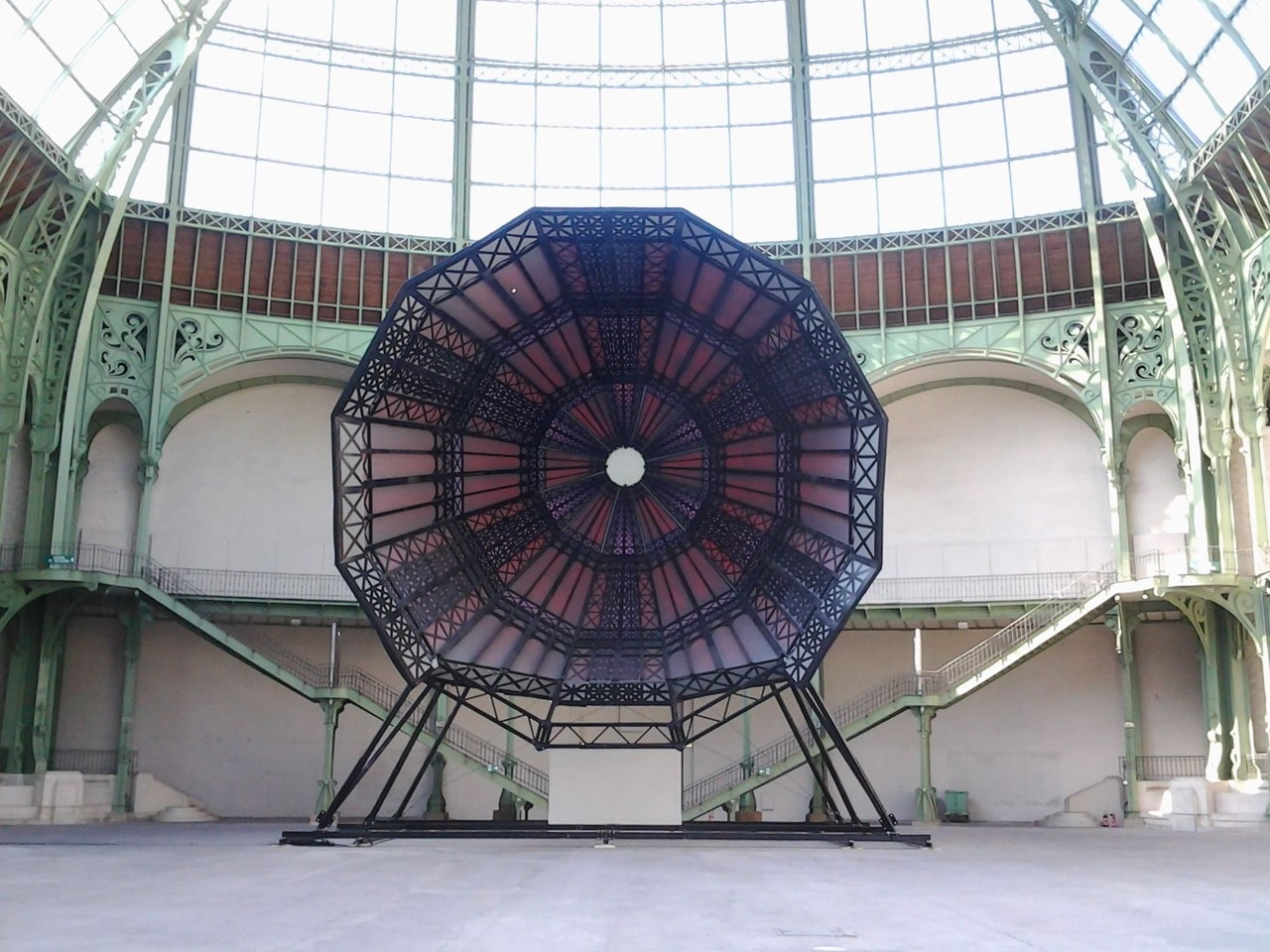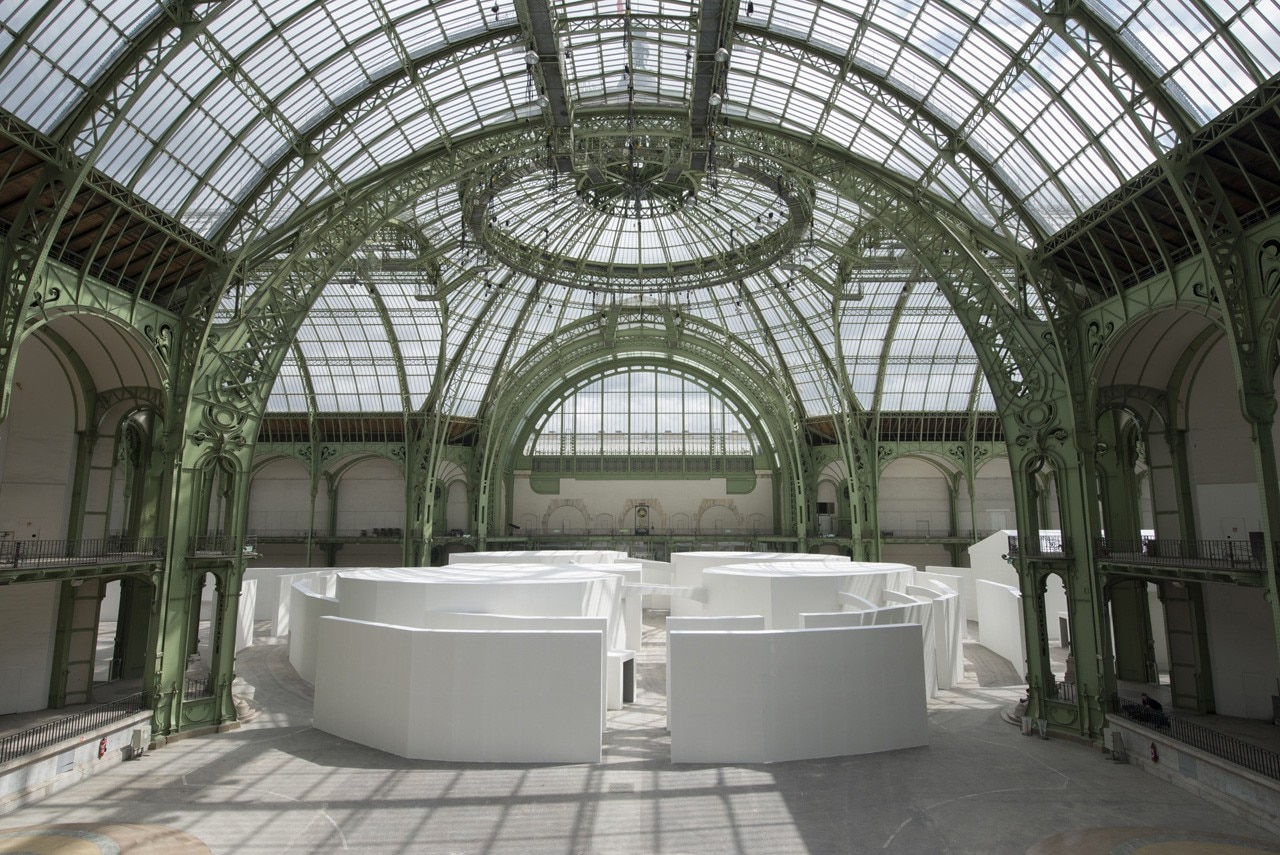
In testing times for relations between Europe and Putin’s Russia, the main drive behind the huge changes in progress – from the crisis in Ukraine (where the Kabakovs come from) to the historic agreement to supply energy to China, which will impact on global financial and geopolitical strategies in the coming years –, their reflection on monumentality assumes a new cultural and political centrality.
The Kabakovs, however, do not see monumentality in terms of earthly and worldly life but in relation to the force of cosmic energy and the superiority of the celestial world, to which we are bound by the constant rise and fall of the human condition – and of which the artist is a cultural missionary. Artists must use their works to provide a code that gives access to the human genre, with a view to changing the way we live and think.
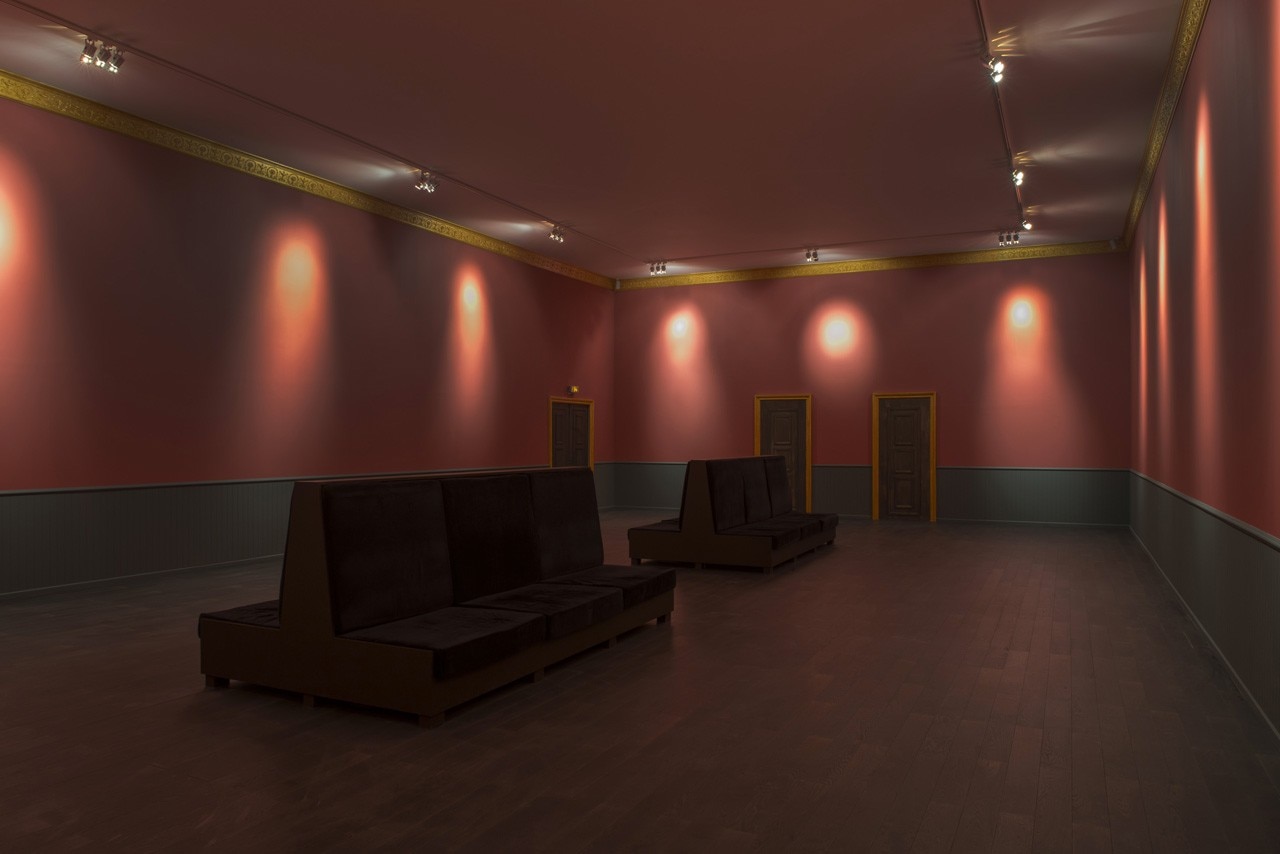
The “infinite cultural process” of which the Kabakovs are the bearers originates in the past and in the line that, via art and culture, can connect us to our origins, tracing life from beginning to end; it is along this line that The Strange City develops.
Once inside, the view of the large nave is blocked by one of the city’s long white walls, which actually seems to be illustrating its construction in progress and turns us into little people that populate the construction of the large Maquette. The music of Russian pianist and composer Alexander Scriabin, a mystic of ecstasy, steers us towards The Entrance to the City, a modern ruin reminiscent of a triumphal arch, in this case the threshold marking our passage from the human to the holy sphere.
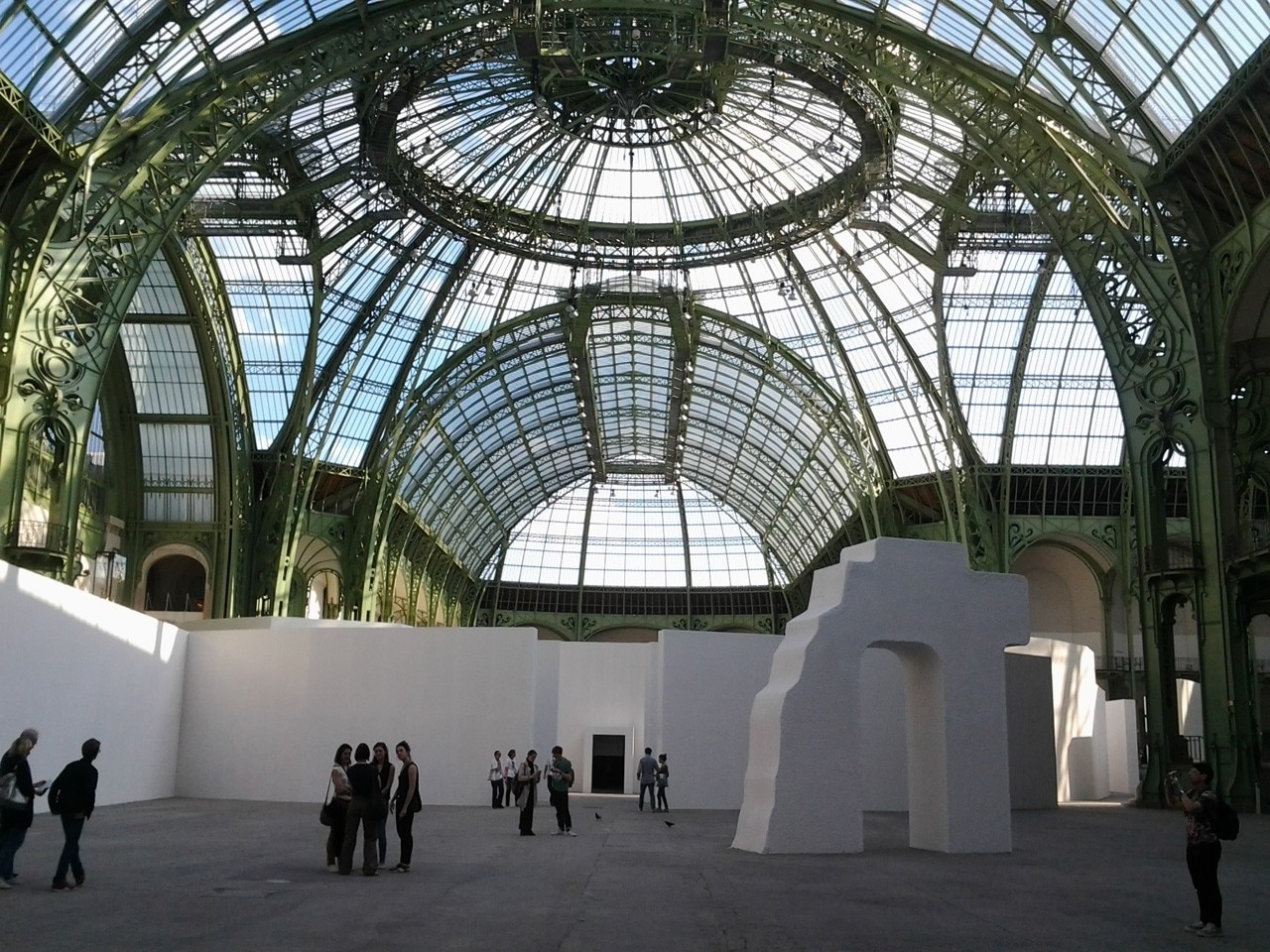
The music emanates from the Dome via a huge gramophone 13.50 metres in diameter which, by means of its structure and the synesthesia of sound and colour, establishes an aesthetic and temporal dialogue with the Grand Palais. The music is the only work exhibited in the first “city” space accessed: the Empty Museum, a traditional museum in which painted works are replaced by ovals of light, to be observed listening to Bach’s Passacaglia.
The museum is like an antechamber preparing us for the passage through the central space, that of the sphere composed of four micro-worlds: Manas, Centre for Cosmic Energy, How to Meet an Angel and The Gates.
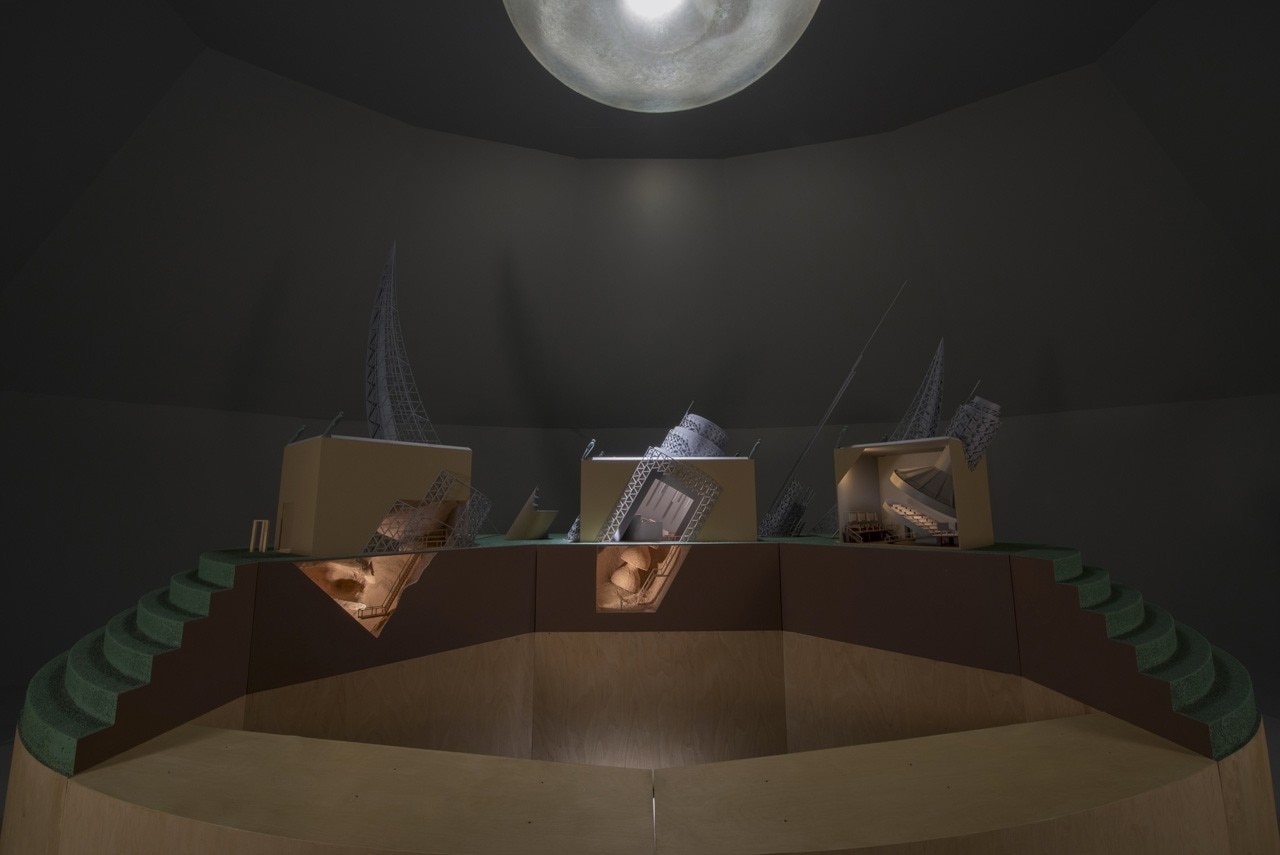
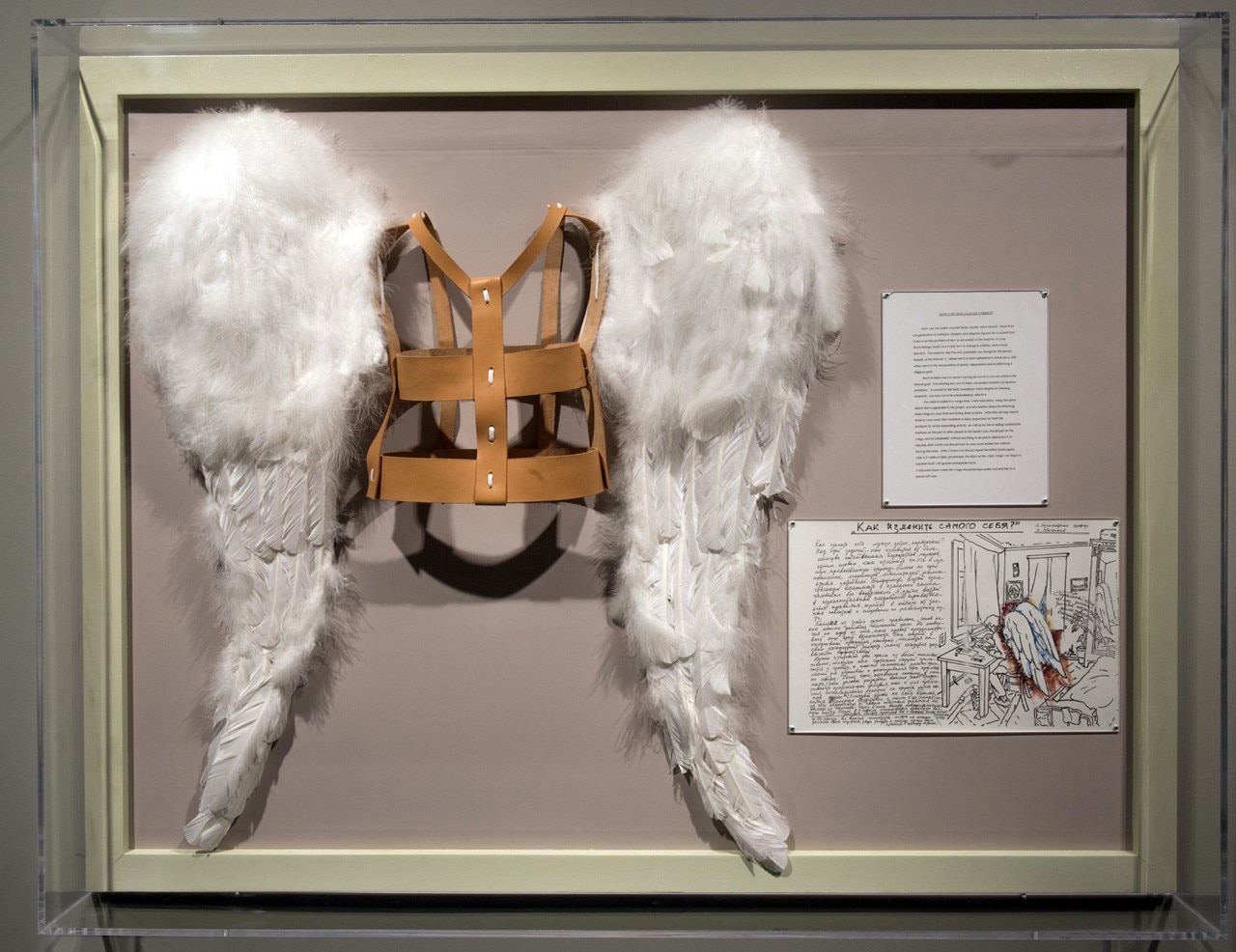
We could, in the silence of our own rooms, do our bit with an exercise that teaches us How to Meet an Angel; this consists in making and wearing, every two hours on a daily basis for approximately three weeks, two white tulle wings and a structure that fastens them to our chests, staying alone in our rooms for 5–10 minutes and then conserving the wings inside a wardrobe with a mirror.
The Kabakovs created the exercise in 2009 for the La Maison aux Personnages installation (2009), in which one of the seven residents wore the wings every evening and projected photos of their life onto the wall of their room so as to fall asleep happy. In the Strange City, however, the specular and introspective action becomes strongly theatrical, universal and didactic, an experience linked to personal memory and dramatic life events, as conveyed by the image of a man trying to reach his angel on a ladder; each and every one of us, believer or non-, identifies fleetingly with him.
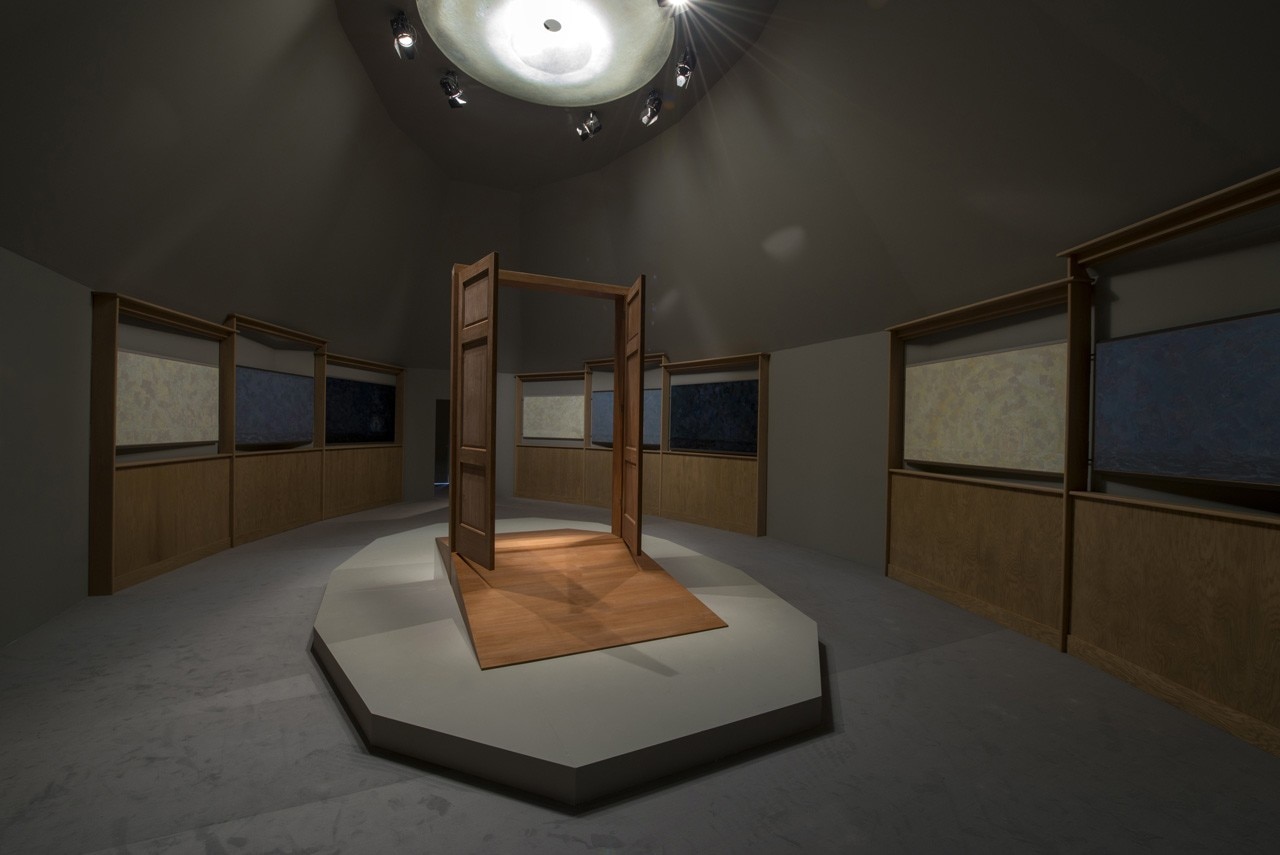
Utopia is an overused term, says Emilia Kabakov, which is why they decided to describe their city as strange (étrange). But the Strange City is the epitome of the utopian city: it was generated by an experience of imprisonment and is based on a pedagogic mission.
The circular corridors surrounding the spaces in the central sphere are dotted with drawings, sketches, paintings and maquettes illustrating and narrating the creation process behind the four micro-worlds, in a sort of ABC of “universal knowledge” to which young conceptual artists that met in secret in Stalin’s Russia aspired; the universal encyclopaedia painted on the walls of Tommaso Campanella’s City of the Sun (1602) springs to mind.
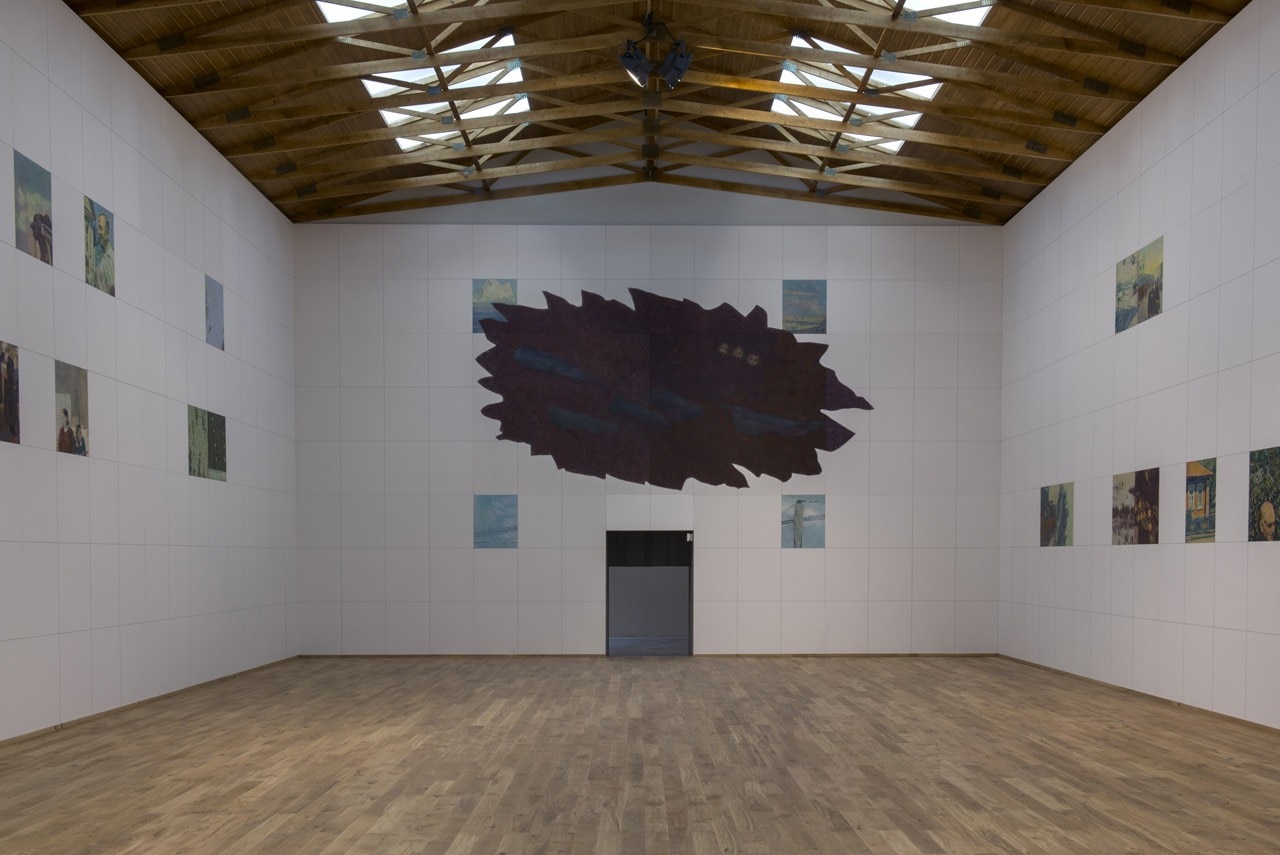
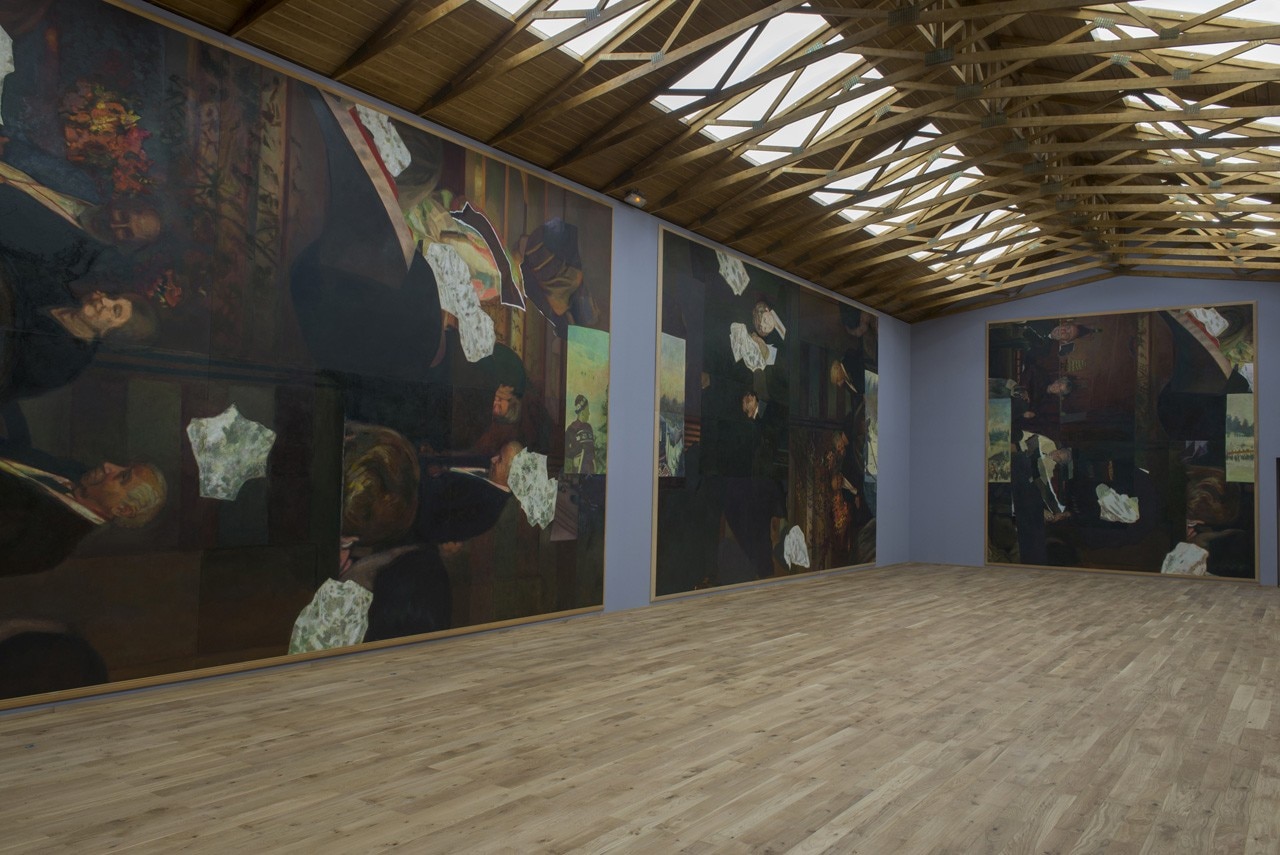
At the exit of the Grand Palais, you have a sense of having passed through a spiritual testament, particularly strong in the two chapels in the proportions of a Renaissance church that end the route through the city. In the White Chapel, fragments of painted memory disrupt the geometry of a white and hypnotic space, a sort of Modernist sanatorium that engulfs the past, where a large black stain fills the space of the Last Judgement and the fresco fragments are replaced by fragments of scenes painted from everyday life.
To the right, the Dark Chapel evokes an artist’s studio, decorated with panels that summarise the Kabakovs’ story via images of Soviet stereotypes and baroque citations, reversed and aligned with the central line directed towards the exit which, described by Ilya Kabakov as his “personal psychosis”, indicates a return of the “depth of the image to the world and to a collective portrayal.”


